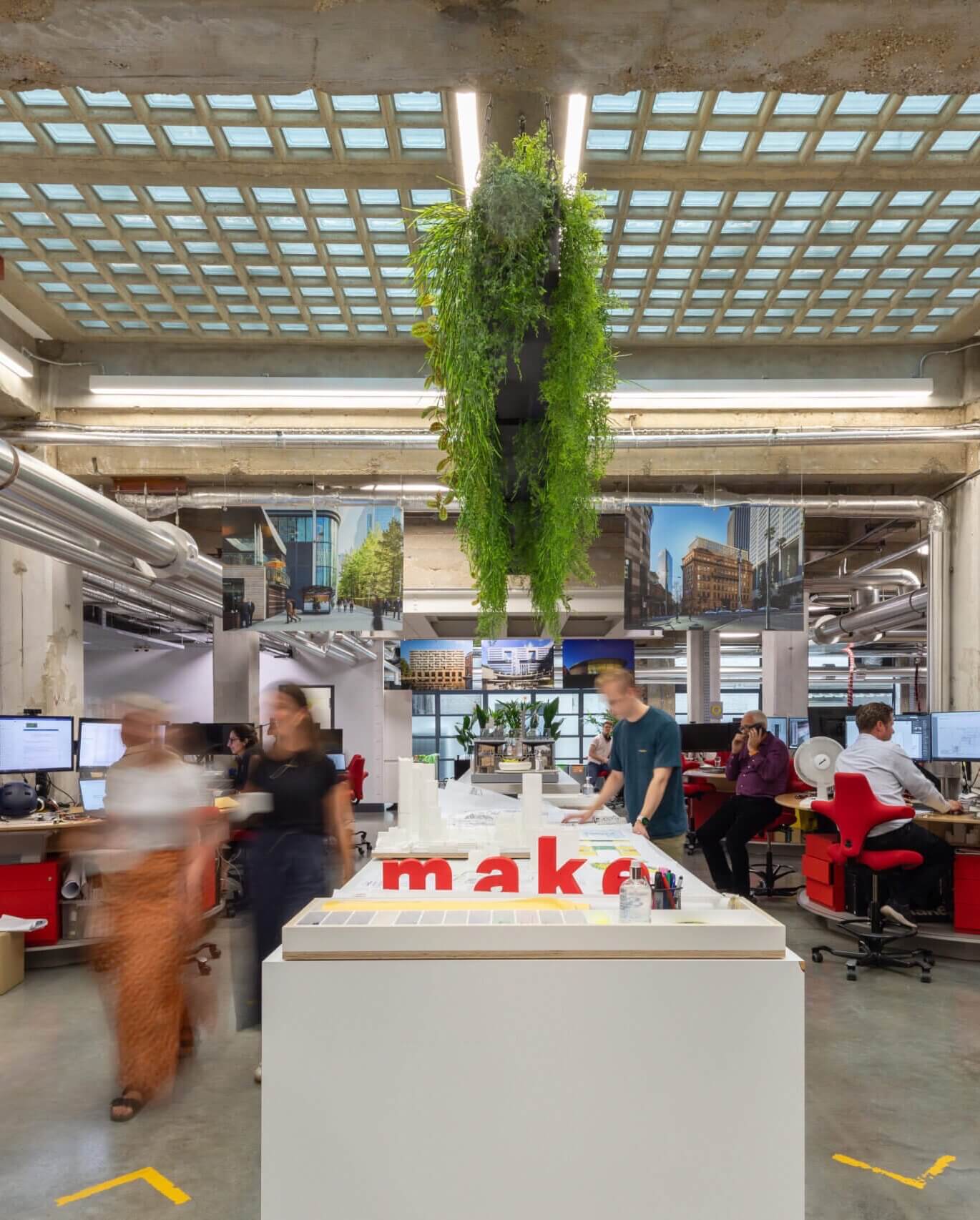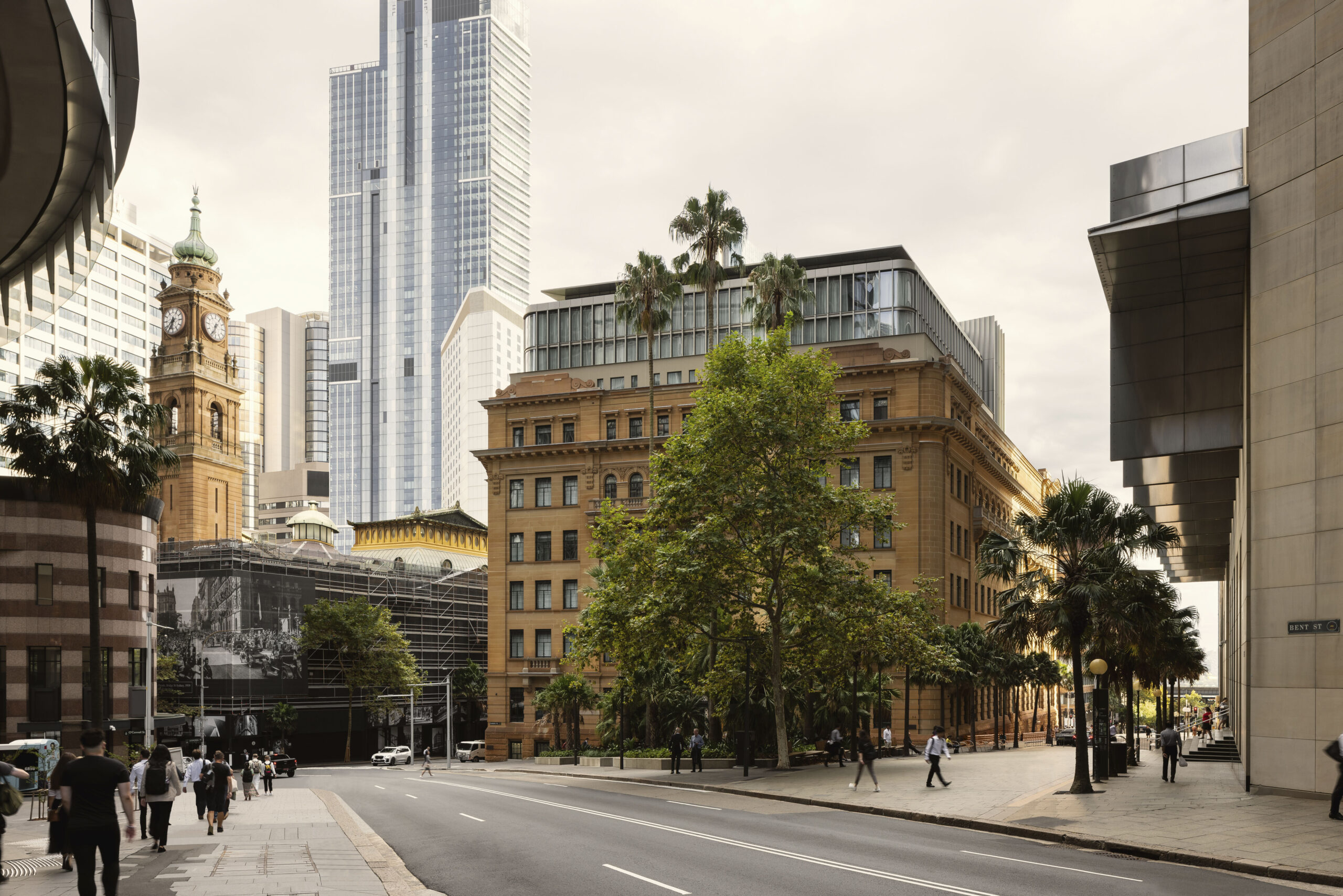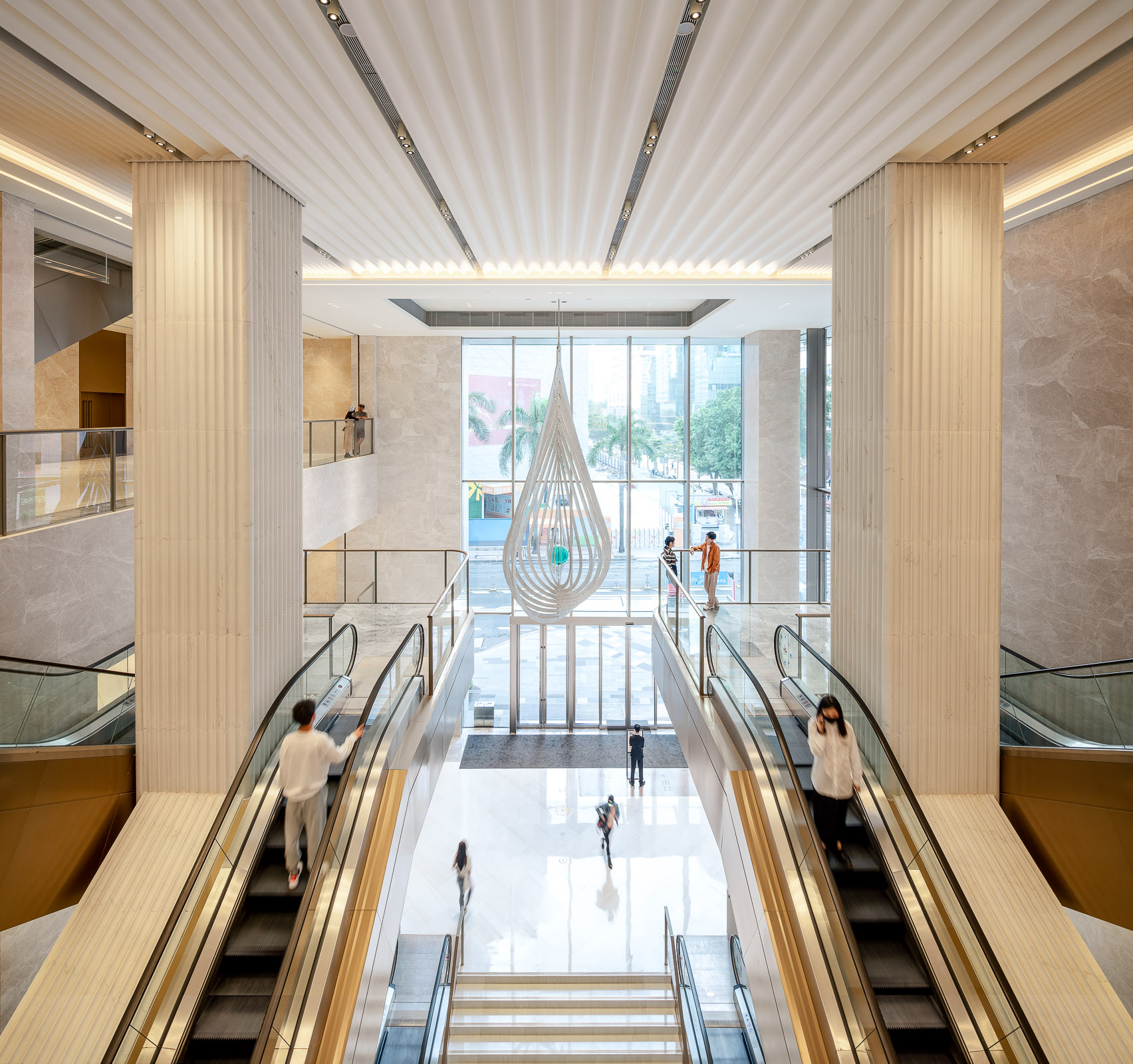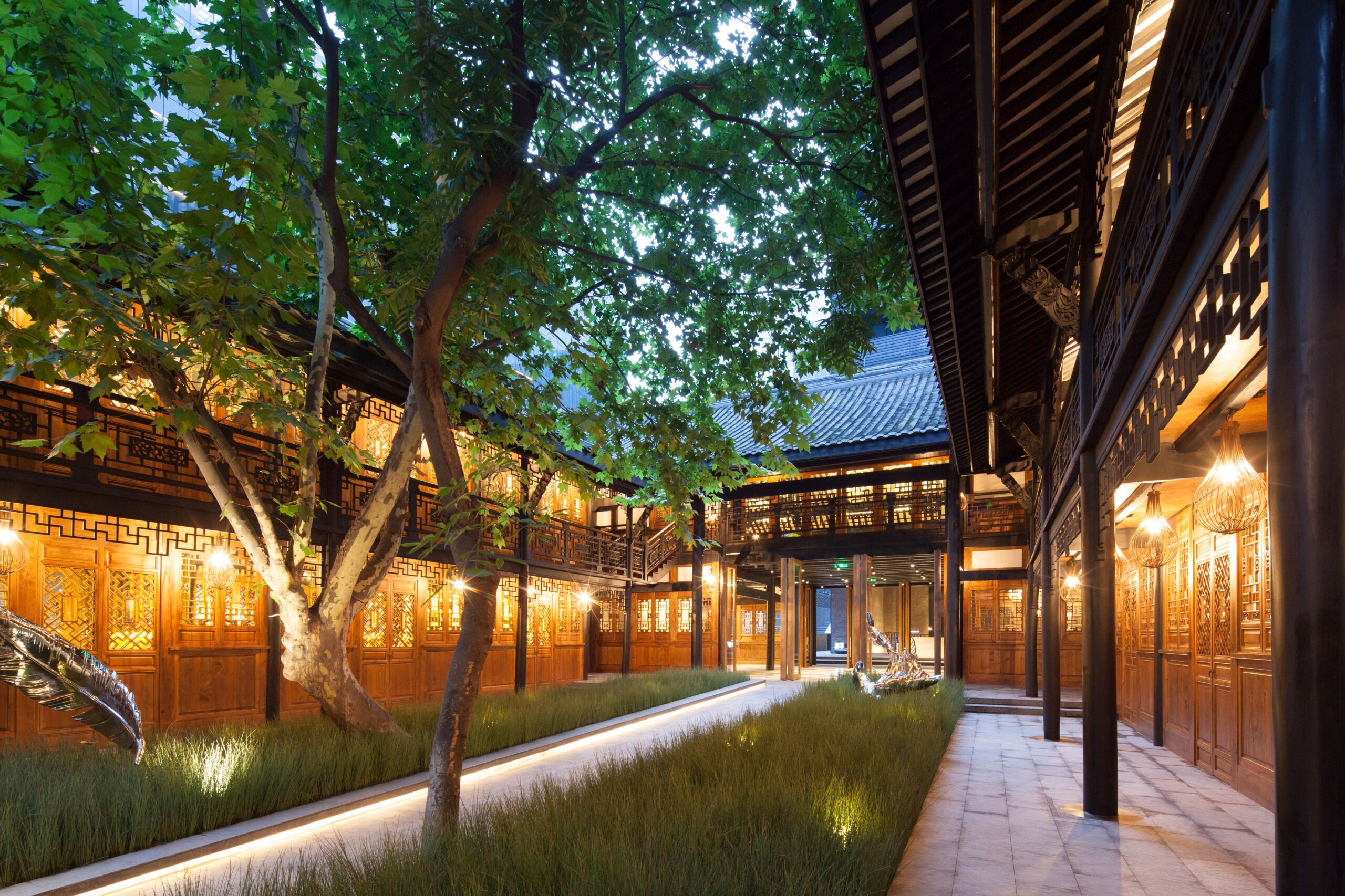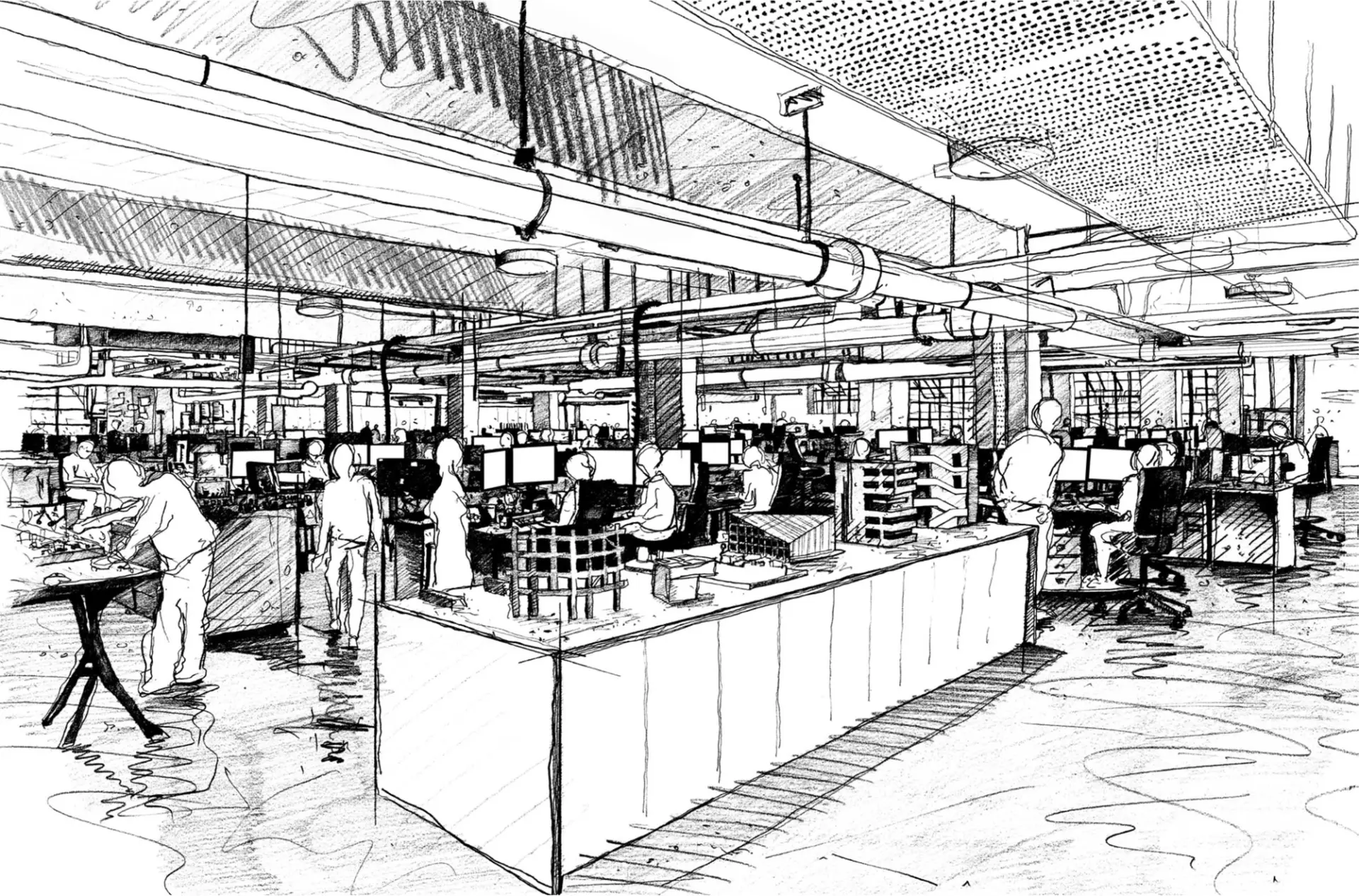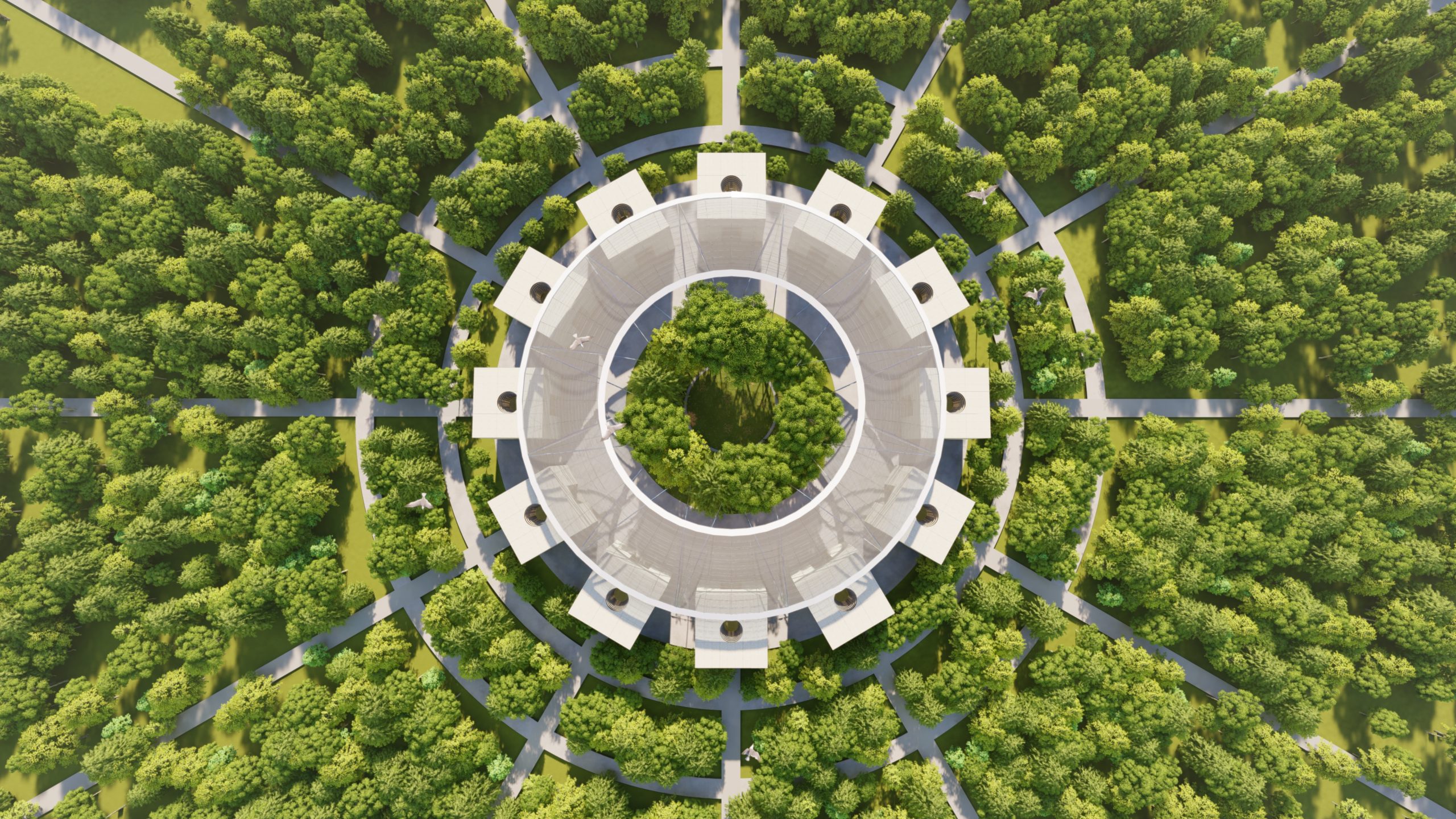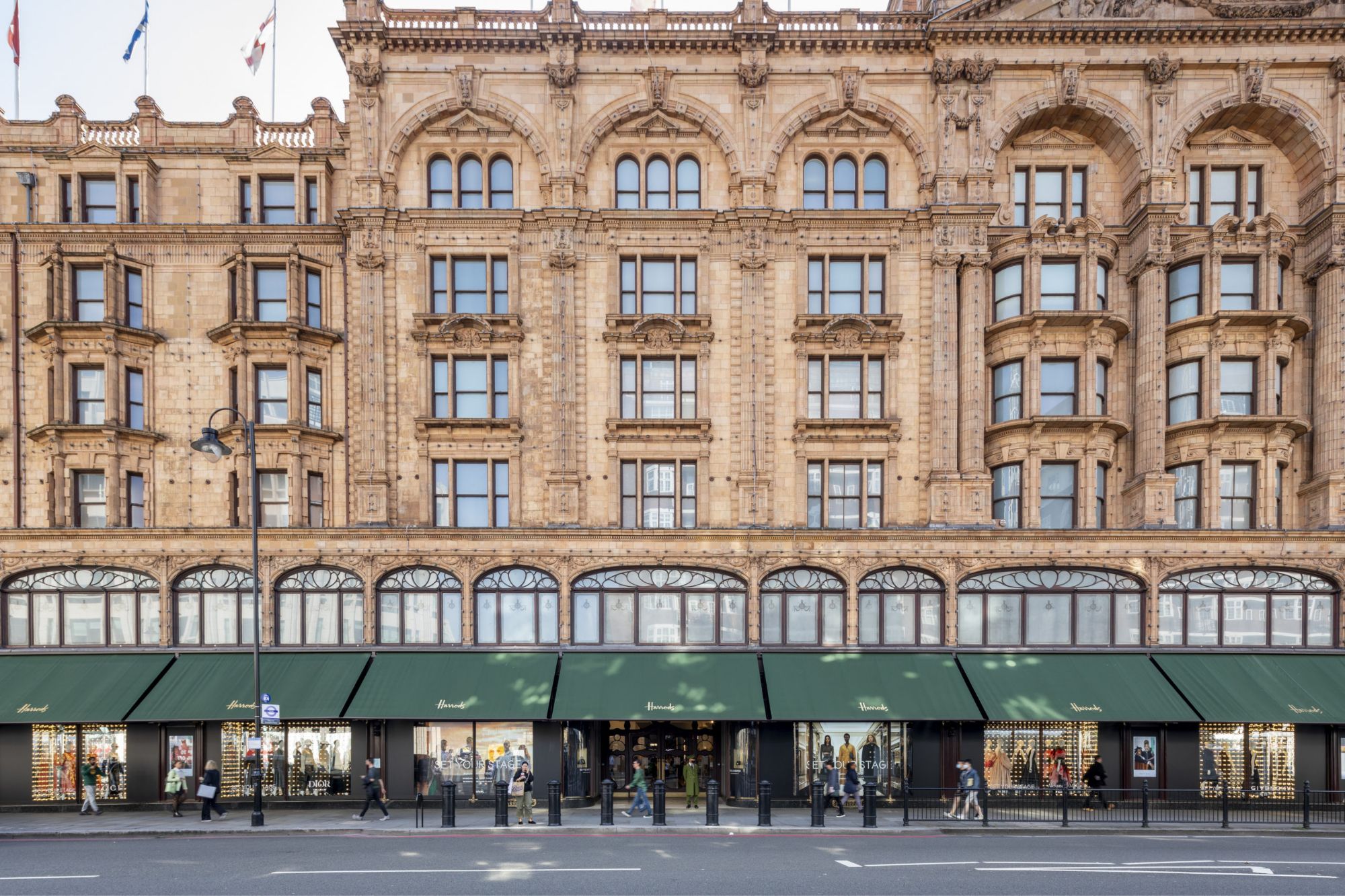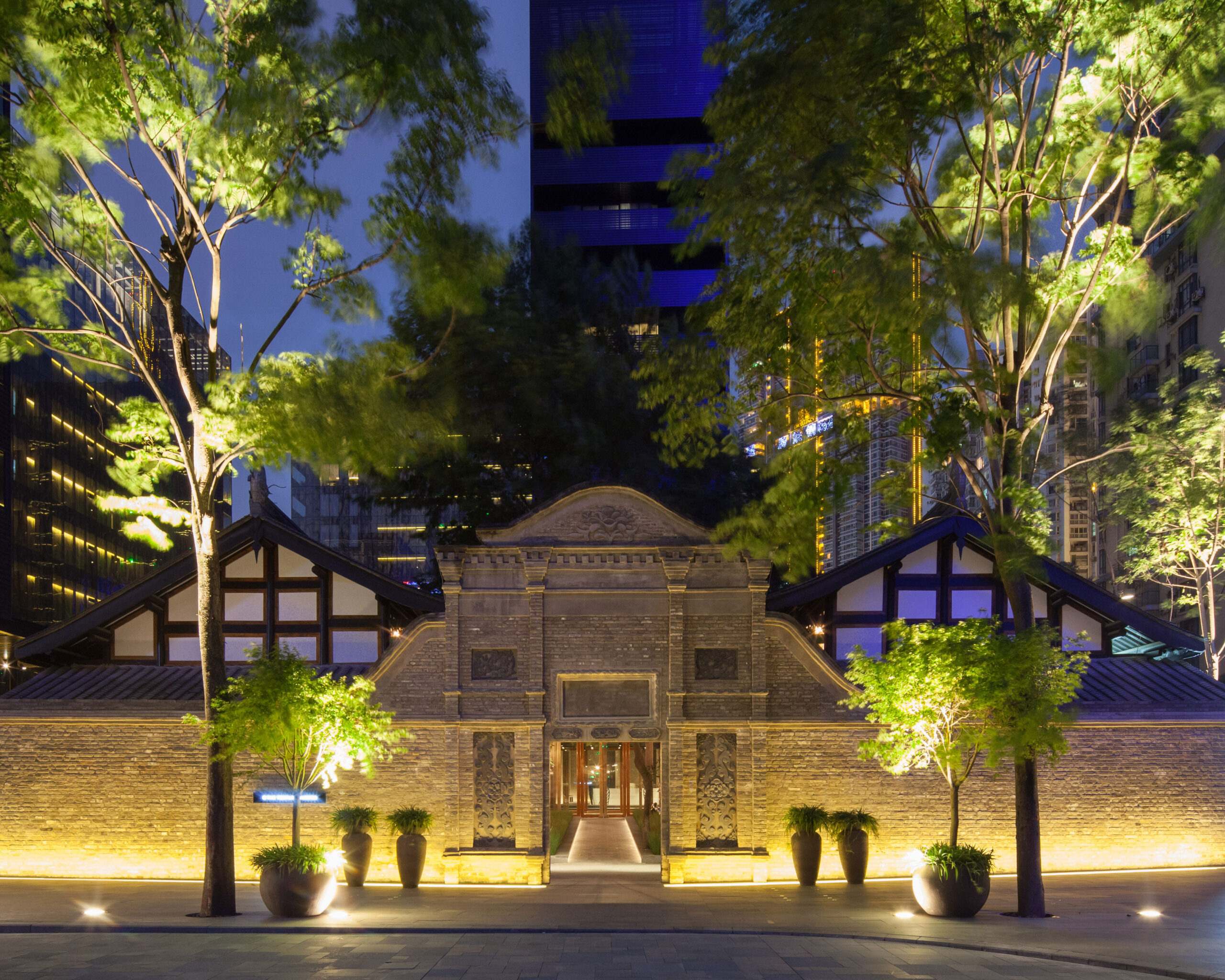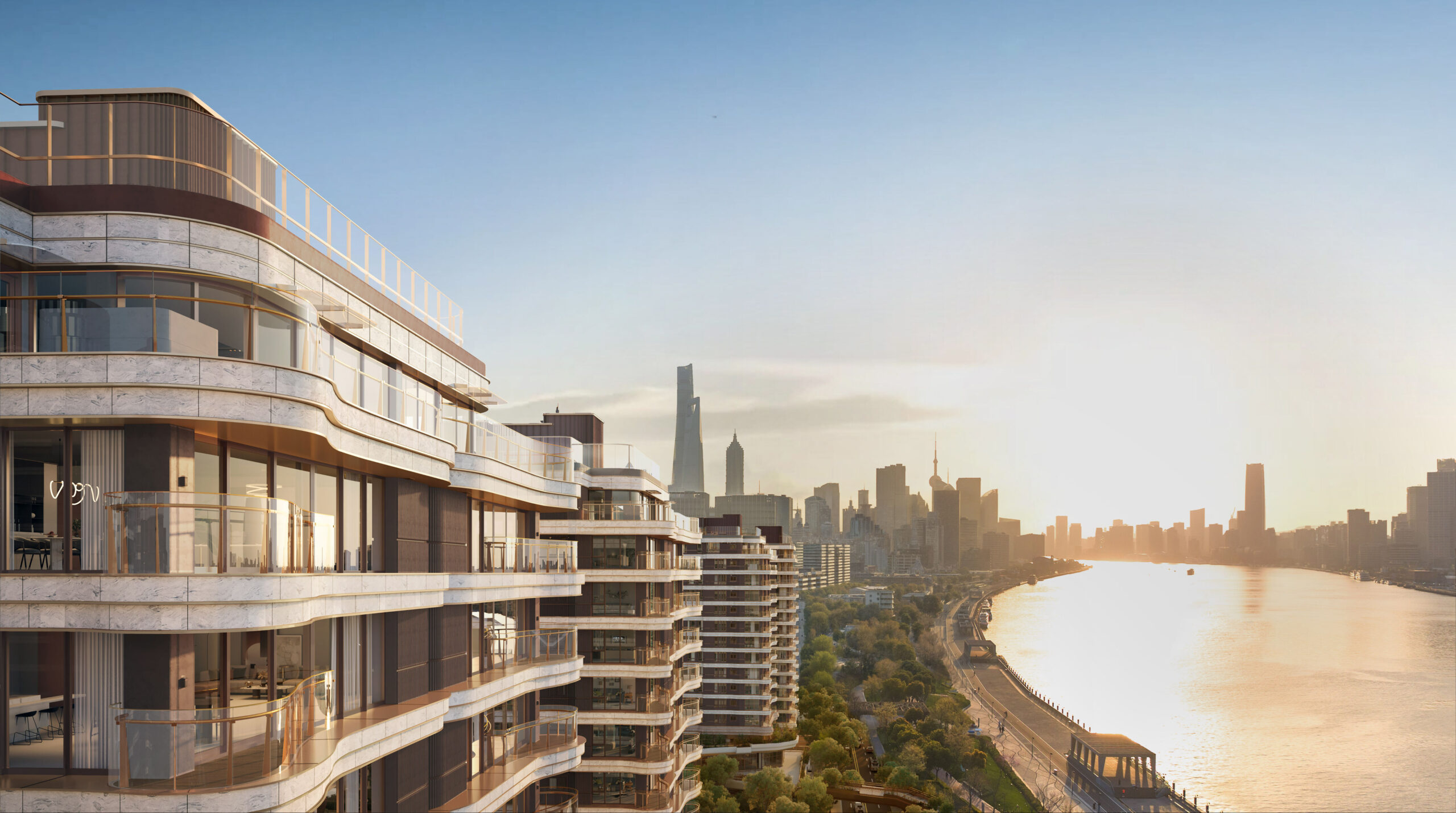
Developers naturally have deeper pockets, and if they choose to dip into those pockets to help create new spaces for the public to enjoy, then I’d suggest that is to be welcomed. An exemplar here is Argent’s King’s Cross scheme, which includes more than four acres of public realm that knit the scheme together – a crucial part of what makes it so successful. Argent deserves a lot of credit as a protagonist in this trend. Its work at Brindleyplace in Birmingham delivered a variety of public spaces that incorporated art and landscaping in a manner unseen in the city before – a crucial driver for regeneration that has stood the test of time. It’s this fruitful formula that has transformed King’s Cross.
It is a fresh look at the way we breathe life into spaces and draw people in. People want to work, live and stay in vibrant places that offer more than just a desk or a bed – hence the cultural shift that favours mixed-use developments and creates what the Future Spaces Foundation calls ‘vital cities’. Coupled with this is a step change in the spaces around the buildings too, spaces that – like King’s Cross – knit buildings and uses together and give a place personality.
Many view POPS with suspicion, typically due to concerns over access, freedom of movement and wider use of the space, which are all valid. POPS aren’t bound by ordinary bylaws, and as their number increases it’s important we establish a set of rules for their government rather than relying on each development team to set its own.
London mayor Sadiq Khan has promised to look at guidelines that will “maximise access and minimise restrictions,” which, in London at least, should help to eliminate some of the worries around how these spaces are managed.


Overall, though, I believe we as an industry have an opportunity to create spaces that, while privately owned, can contribute socially and economically to the city, whether the plot is sized in hectares or acres. Make’s Rathbone Square development for Great Portland Estates has a publicly accessible, privately maintained garden at its heart that will provide an oasis away from the hustle of Oxford Street. And at London Wall Place for Brookfield, more than half of the scheme is devoted to privately owned public space, giving people a chance to enjoy a part of town previously blocked by a dual carriageway.






